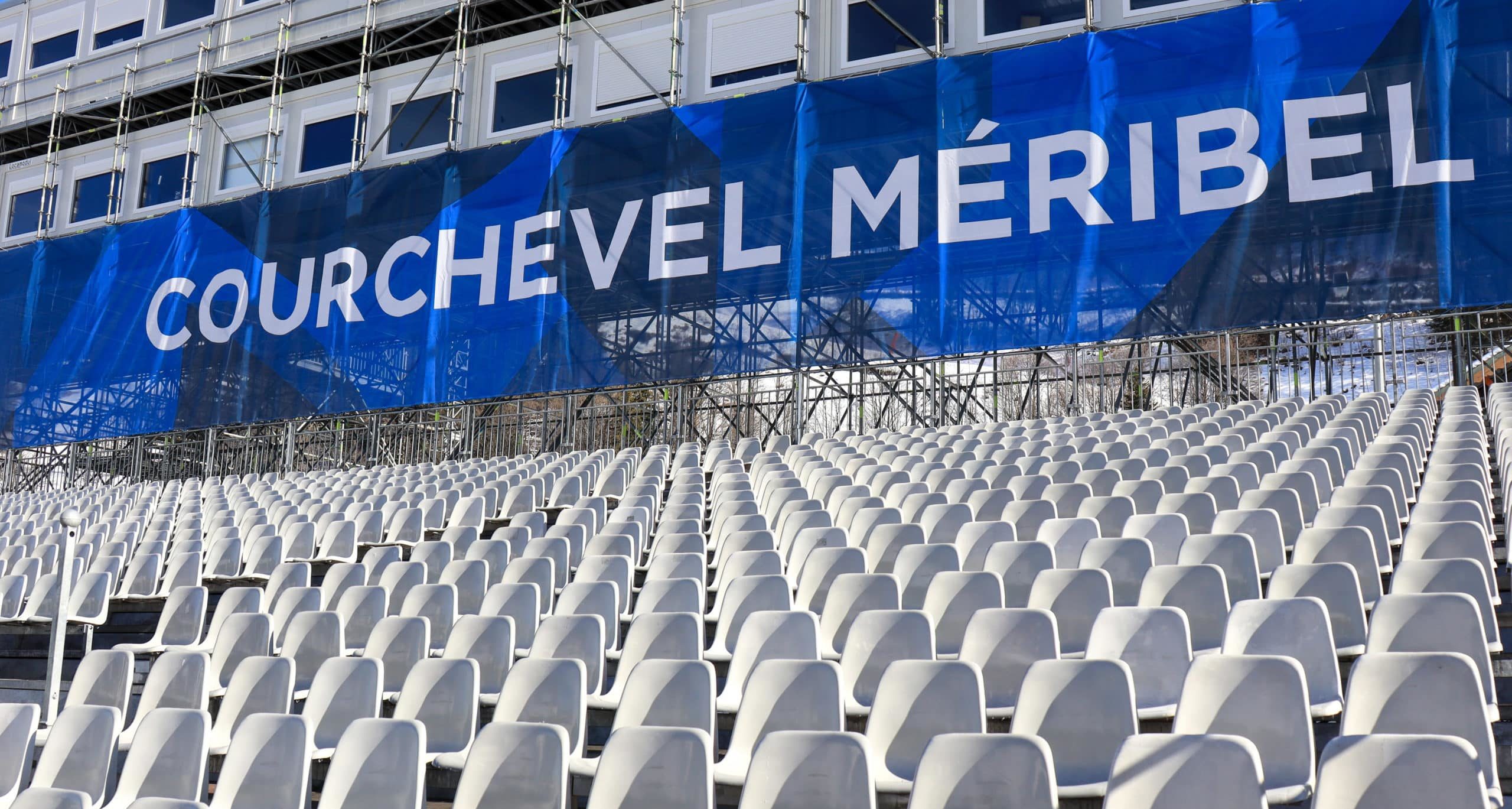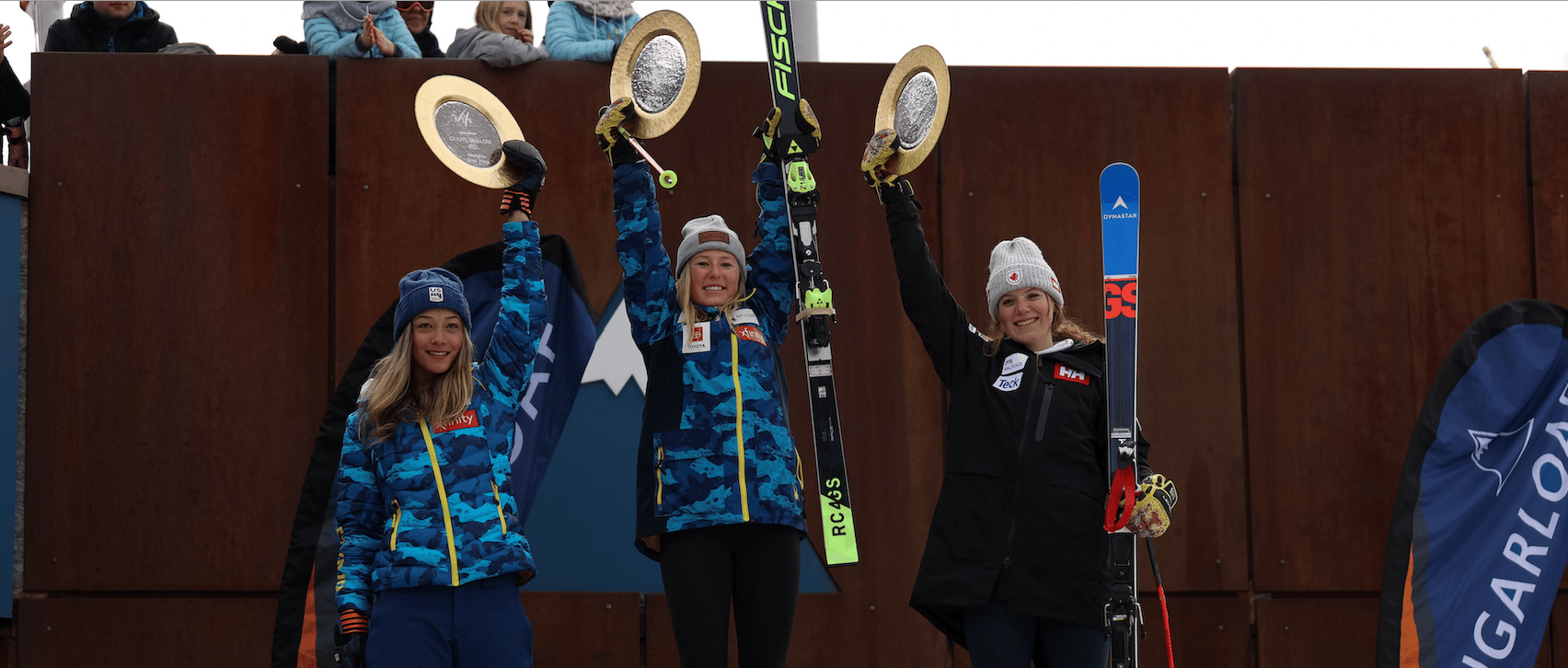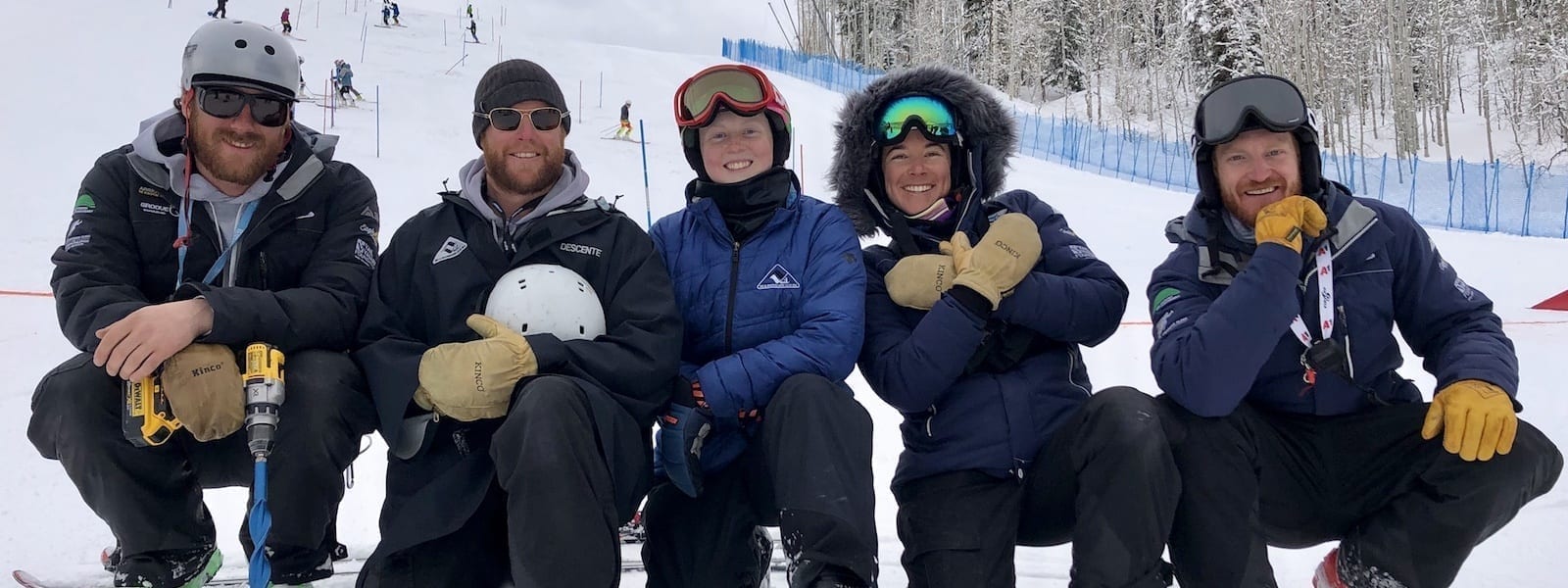Inside the Ski Racing Mind: Prime Profiling-Physical Testing for the Mind
Prime Profiling: Physical Testing for the Mind
 The first step toward achieving your ski racing goals involves gaining a better understanding of yourself as an ski racer. Becoming the best ski racer you can is complicated; there’s conditioning, technique, tactics, equipment, and more. And you probably have a busy life filled with ski racing, school, work, family, social life, and other activities. It’s difficult to find time to do everything. By understanding yourself, you’ll know what you need to work on for the mental side of ski racing to be efficient and focused in your efforts.
The first step toward achieving your ski racing goals involves gaining a better understanding of yourself as an ski racer. Becoming the best ski racer you can is complicated; there’s conditioning, technique, tactics, equipment, and more. And you probably have a busy life filled with ski racing, school, work, family, social life, and other activities. It’s difficult to find time to do everything. By understanding yourself, you’ll know what you need to work on for the mental side of ski racing to be efficient and focused in your efforts.
In developing greater self-understanding, you must recognize your strengths and weaknesses. Most ski racers love to focus on their strengths, but don’t like to admit that they have weaknesses. But this attitude will limit your development. Most ski racers think that they’re as good as their greatest strengths. For example, a racer believes that his strength and size will enable him to be successful and that his technical flaws won’t hurt him much. The truth is, however, that you are only as good as your biggest weakness. Returning to that example, the racer’s physical capabilities will carry him a long way, but sooner or later, he’ll reach a level where everyone is big and strong, and then technical prowess may be a deciding factor.
Think of ski-racing strengths and weaknesses as a mathematical equation. Returning to the previous example, on a scale of 1-10 where a 1 is very poor and 10 is the best, if that racer is strong physically (8), but weak technically (2), his over-all skiing would be moderate (8+2=10). If he improved his strength (from, say, 8 to 9), he wouldn’t improve that much over all because, he’s already strong, so there isn’t much room for improvement (9+2=11). But if he improved his technique (for example, from 2 to 7), then his over-all skiing would rise significantly (8+7=15). Of course, you want to continue to build your strengths, but the more you improve your weaknesses, the higher your over-all skiing and the more successful you will be.
Prime Profiling
A difficulty with dealing with the mental aspects of ski racing is that they’re not tangible or easily measured. If you want to learn what are your physical strengths and weaknesses, you can go through a physical-testing program that gives you objective data about your physical condition. There is no such testing for mental strengths and weaknesses. But we do have Prime Profiling, a well-researched tool for indirectly assessing your “mental muscles.” Think of Prime Profiling as physical testing for the mind. It makes mental issues related to your ski racing more concrete.
It’s important for you to have an open mind with Prime Profiling. Rather than being uncomfortable with facing your weaknesses, you should be willing to consider the information in a positive and constructive way. When weaknesses are identified, it doesn’t mean that you’re incapable of skiing well. It may be that you haven’t had to use these skills at your current level or you’ve been able to hide them with the strengths you have. But the information you gain from Prime Profiling will enable you to improve and you’ll have a better chance of achieving your future goals.
Completing the Prime Profile
The Prime Profile is comprised of 12 mental, emotional, and competitive factors that impact ski racing (Note: If you would like a copy of my Prime Profiling grid, just email me). To complete the Prime Profile, read the description of each factor and rate yourself on a 1-10 scale, then follow the instructions for evaluating your score and developing an action plan to build your strengths and alleviate your weaknesses. You can also ask your coaches to complete the Prime Profile. Hopefully, your ratings and those that your coaches gave you are similar. If not, then you should explore where the differences lie and why they exist. The goal is to ensure that your perceptions are realistic and accurate.
Motivation – How determined you are to train and compete to achieve your ski-racing goals. (1-not at all motivated; 10-very motivated)
Confidence – How strongly you believe in your ability to achieve your ski-racing goals. (1-not at all confident; 10-totally confident)
Intensity – Whether your physical intensity helps or hurts your skiing. (1-hurts, too anxious or too relaxed; 10-helps, just right)
Focus – How well you’re able to stay focused on skiing your best and avoid distractions. (1-distracted; 10-focused)
Emotions – Whether you have control over your emotions and they help you ski well or you lose control of your emotions and they hurt your skiing. (1-lose control, hurt; 10-have control, help)
Consistency – How well you’re able to consistently maintain a high level of skiing during races. (1-very inconsistent; 10-very consistent)
Routines – How much you use routines in your preparations in training and races. (1-never; 10-often)
Goals – How clearly defined your ski-racing goals are (e.g., you know what your ultimate goal is and how to get there). (1-not at all clear; 10-very clear)
Competitor – How you ski in races as compared to training. (1-much worse; 10-much better)
Adversity – How you respond to difficult conditions you’re faced with in races (e.g., bad weather, tough terrain, or poor snow conditions). (1-poorly; 10-well)
Pressure – How you ski under pressure (e.g., when you are trying to qualify for a higher series of races). (1-poorly; 10-well)
Ally – Whether you are your best ally or your worst enemy at races. (1-worst enemy; 10-best ally)
Using Your Prime Profile
Having completed the Prime Profile, you now have a clear picture of what you believe to be the mental strengths and weaknesses in your ski racing. Typically, a score below an 8 indicates an area on which you need to improve. Place a checkmark next to each factor that you scored as less than an 8. These are the factors that you’ll want to consider working on in your mental-training program.
From those checked factors, select three to focus on in the immediate future. It doesn’t make sense to deal with every one that you need to strengthen; you’ll just become overloaded and won’t give adequate attention to any of them. It’s best to focus on a few, strengthen them, then move on to others.
The question is, if you have more than three factors on which you need to work, which ones should you choose? The decision should be based on several concerns. First, you should look at which ones are most important for your long-term development. Just like working on the physical and technical aspects of your ski racing, you should focus on the factors that will help you in the long run. Second, some weaknesses are symptoms of other weaknesses. By dealing with one factor, another one can be relieved without having to work on it directly. For example, you may not handle pressure well because you lack confidence. By building your confidence, you also improve your ability to handle pressure. Third, you need to balance your immediate training and competitive needs with your long-term development. You may have an important race coming up for which you need to be ready. For example, you may decide that you need to improve your focus and intensity immediately even though working on your motivation and confidence will be more important in the future.
On a blank sheet of paper, indicate the three mental factors you want to focus on in the near
future. By reading my Prime Ski Racing book (learn more), the articles you can read free of charge on my web site (learn more), or those that appear at skiracing.com, you can learn about techniques and exercises that will help you strengthen the areas you’ve selected. By setting goals for the areas in which you want to improve and developing an action plan of how to achieve those goals, you can systematically develop the mental areas you’ve identified in your Prime Profile.
You can also use Prime Profiling to measure progress in your mental training. Periodically, perhaps every two months, complete the profile and compare it with your past profiles. You should see improvement in the areas on which you’ve worked. Also, ask your coaches about positive changes they’ve seen in those areas. When your ratings move to an 8 or above, select other factors to work on and follow the same procedure. The key is to develop a consistent program of mental training that will result in your being as prepared mentally when you step into the starting gate as you are physically and technically.
Dr. Jim Taylor drjimtaylor.com, knows the psychology of ski racing! He competed internationally for Burke Mtn. Academy, Middlebury College, and the University of Colorado. For the past 25 years, Dr. Jim has worked with many of America’s leading junior race programs as well as World Cup competitors from many countries. He is the author ofPrime Ski Racing Triumph of the Racer’s Mind. Dr. Jim is also the author of two parenting books and speaks regularly to parents, students, and educators around the U.S..
Click here to go to the Inside the Ski Racing Mind archives.





















